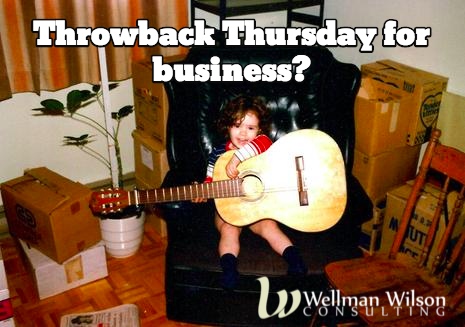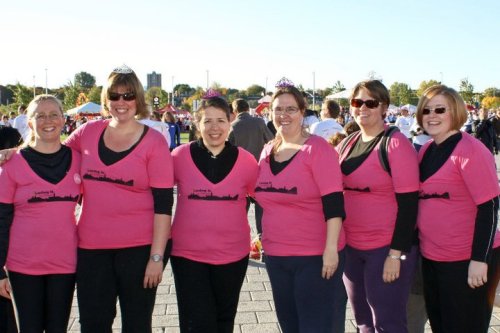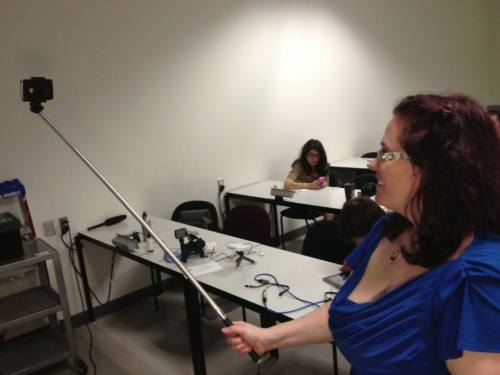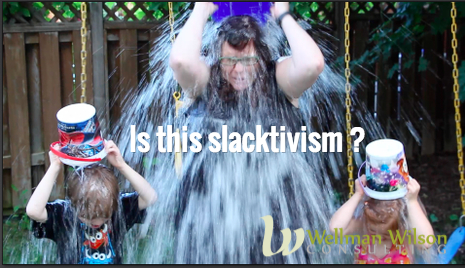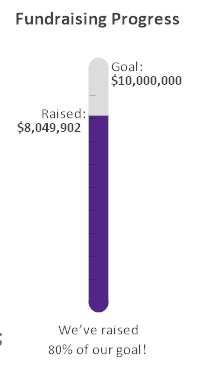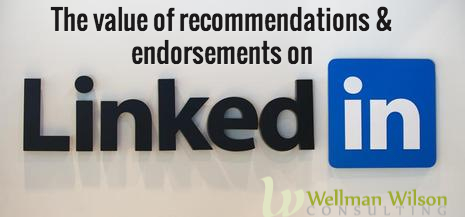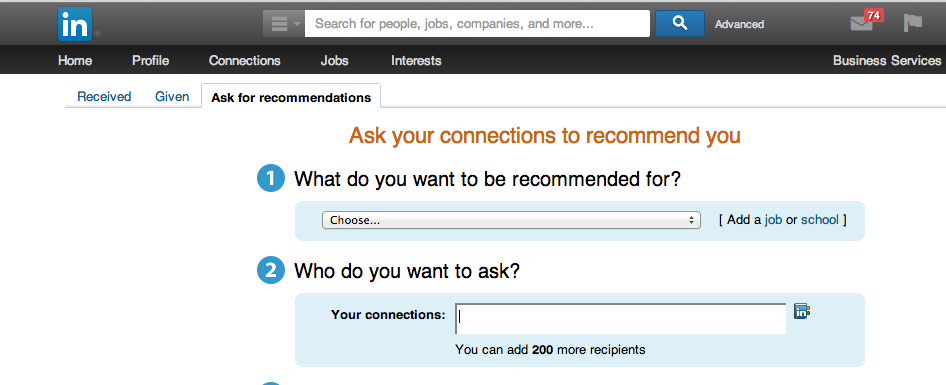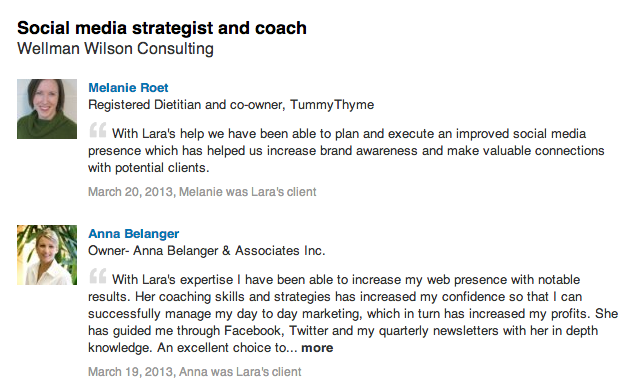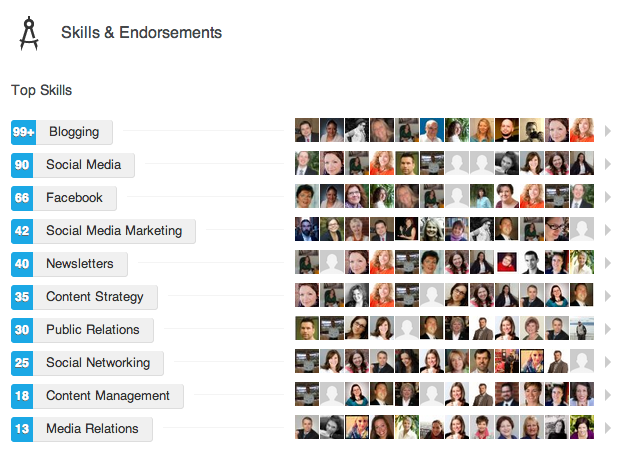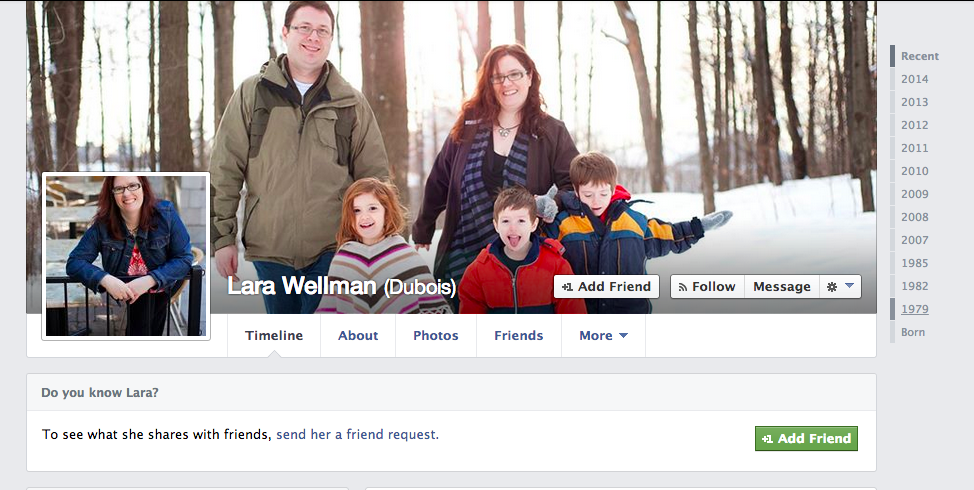I’m a huge fan of newsletters (no surprise to you if you follow my content :) ). Newsletters are a great way to stay in touch with people in a reliable and regular way. Today I’m going to break down five reasons I think you should be sending a regular newsletter to your audience.
1) Who doesn’t check their email?
Almost everyone checks their email daily, if not 500 times a day (I admit nothing!). People check their email far more reliably and more often than they do any other social network so getting into their inbox means they are much more likely to see the information you want to share with them.
2) They asked for it
People have a tendency to think of email as bothersome, but remember that if you have someone’s email address it’s because they gave it to you (if they didn’t, you need to make sure you make a few changes.)
If you convinced someone that they want to receive email from you, they probably want to hear what you have to say and it’s not remotely a bother to them.
3) You know they saw it
Advertising on social networks, or any other kind of advertising, will never guarantee that your audience will see your message. Facebook algorithms, and whether or not they’ve logged in to potentially see the message at all is a big unknown.
When you are sending someone an email they are almost guaranteed to have seen that you sent them something. That doesn’t mean they’ll open it, or read it (this is why subject lines are SO important), but it does mean that they saw something from you. This is much more reliable than any other way of getting in touch with your audience.
4) You can measure the success
Newsletter tools have amazing ways to measure the success of what you’re sending. You can see who opened the emails and what they clicked on, you can run tests to see if you have more opens based on the time of day that you send or based who you’ve sent the email from (we’ve played around a lot with sending emails from “Wellman Wilson Consulting” vs. “Lara and Karen”). Metrics let you know if what you’re doing is working, something you always need to pay attention to in order to make sure that the efforts you’re putting into online marketing is worth it.
5) It works
I can’t say this as confidently for any other online marketing tool. When I talk to people about the success of their newsletter, especially if it’s sent with regularity, everyone tells me it impacts not only relationship building, but also sales. An email newsletter gets results and that has to be the biggest reason of all to have one.
Do you want to start an email newsletter but you’re not sure where to start? Join us for a free webinar on Tuesday, September 16th at noon EST. In this one-hour webinar we’re going to be covering the basics of why you need a newsletter, what you need to consider when starting a newsletter, what you should be saying, and answering all your newsletter questions.



